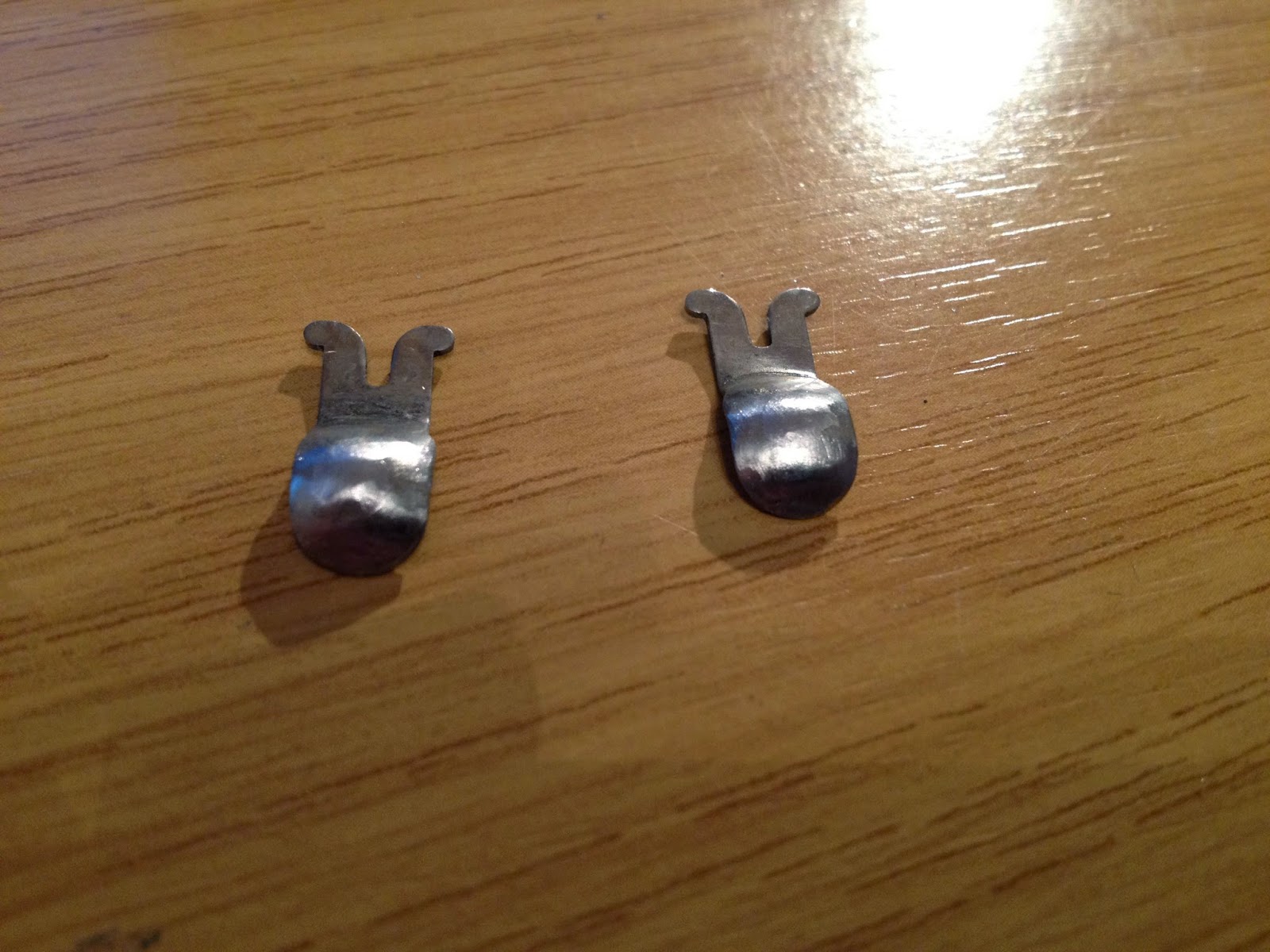For the first time in over a year, I have very little to do.
It's not uncommon after a two day session to come home with a loco or two in need of TLC but once again this time there were no casualties.
I'll need to investigate a small issue with the LED signals which should just involve swapping the polarity and I need to modify two more electric points for spares but that's roughly an evening's work to complete both tasks.
I need another project! - I don't have sufficient spare track (or the funds) to rebuild in the loft and now that the new layout is finished and being shown multiple times during the year, I have ample opportunity to play trains, so a loft layout might not actually be needed, aside from a small test track maybe. Plus the extremes of temperature and the lightweight construction of my loft means that time spent up there would be limited and not terribly kind to the rolling stock.
So I've started searching for locos again and then reminded myself of the HD 0-6-0 tank that I bought ages ago and stripped. I managed to locate most of the parts from when I dismantled it, sorting the motor was easy with just a quick lube and a new magnet but now I have the challenge of three-railing it.
This particular loco was produced towards the end of Hornby Dublo construction and was only manufactured as a two rail model. The half inch motor was used on other locos, such as the 8F but the challenge here is that there are only three axles and the motor drive is taken from the centre axle - not a problem for two rail but for three rail, that's where the pick-up skate would go, there's a bloomin' big worm cog in the way. Then there's the space between the chassis and the motor assembly - there is little or no room to bolt through the pick-up assembly. A Marklin skate also wont fit.
If possible, and for the best running, I want proper HD pick-ups under here. I could use brass fasteners but these tend to require constant adjustment and as I intend to use this on the shuttle, the frequent travelling over the points will mean lots of adjustment - I've already had bitter experience of a Bachmann 2EPB pole-vaulting itself off the layout when the brass fastener dug itself into a gap in the third rail and that's not something that I'm keen to repeat.
I'm going to attempt to use the individual pick-up assemblies found under the Deltic, one either side of the main drive cog. I now probably need to ream the underside to accommodate and then work out a way to secure the pick-ups into position.
The reaming tool was last used for the Brighton Belle project and although initially I was unhappy with the way it ran, it has settled in quite nicely and now runs without issue.
This one I think will keep me busy for a while...
























